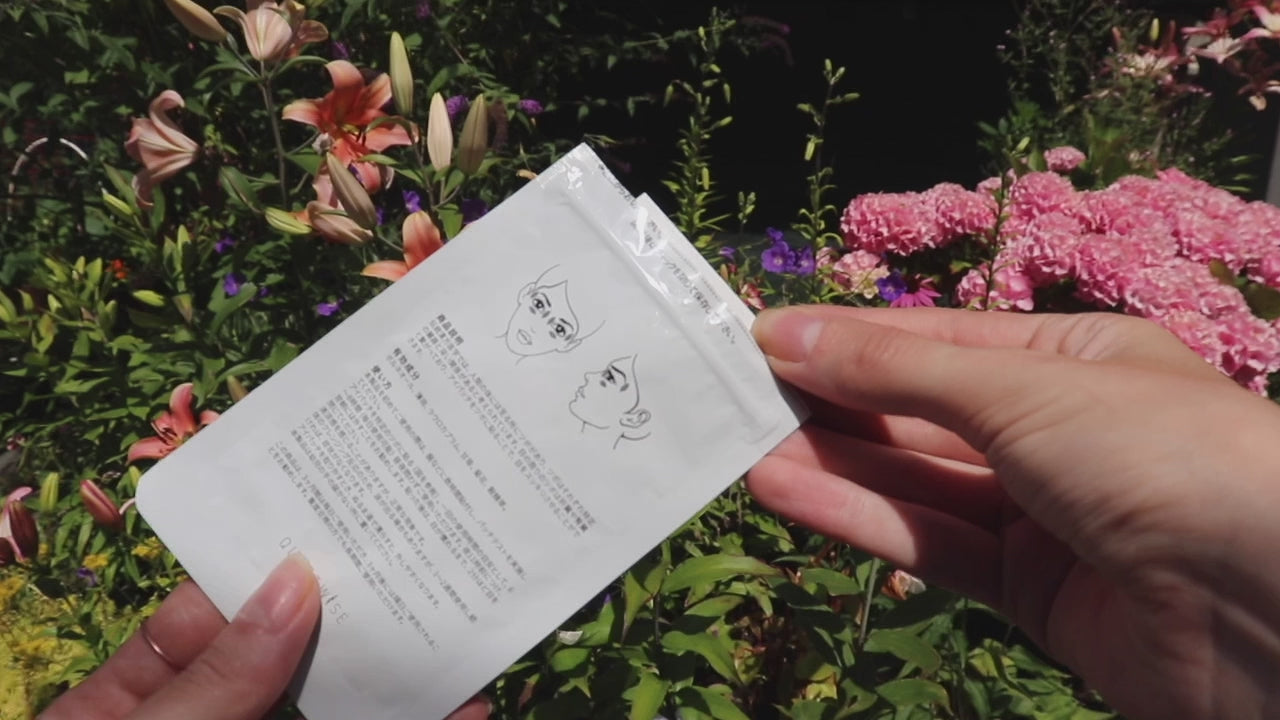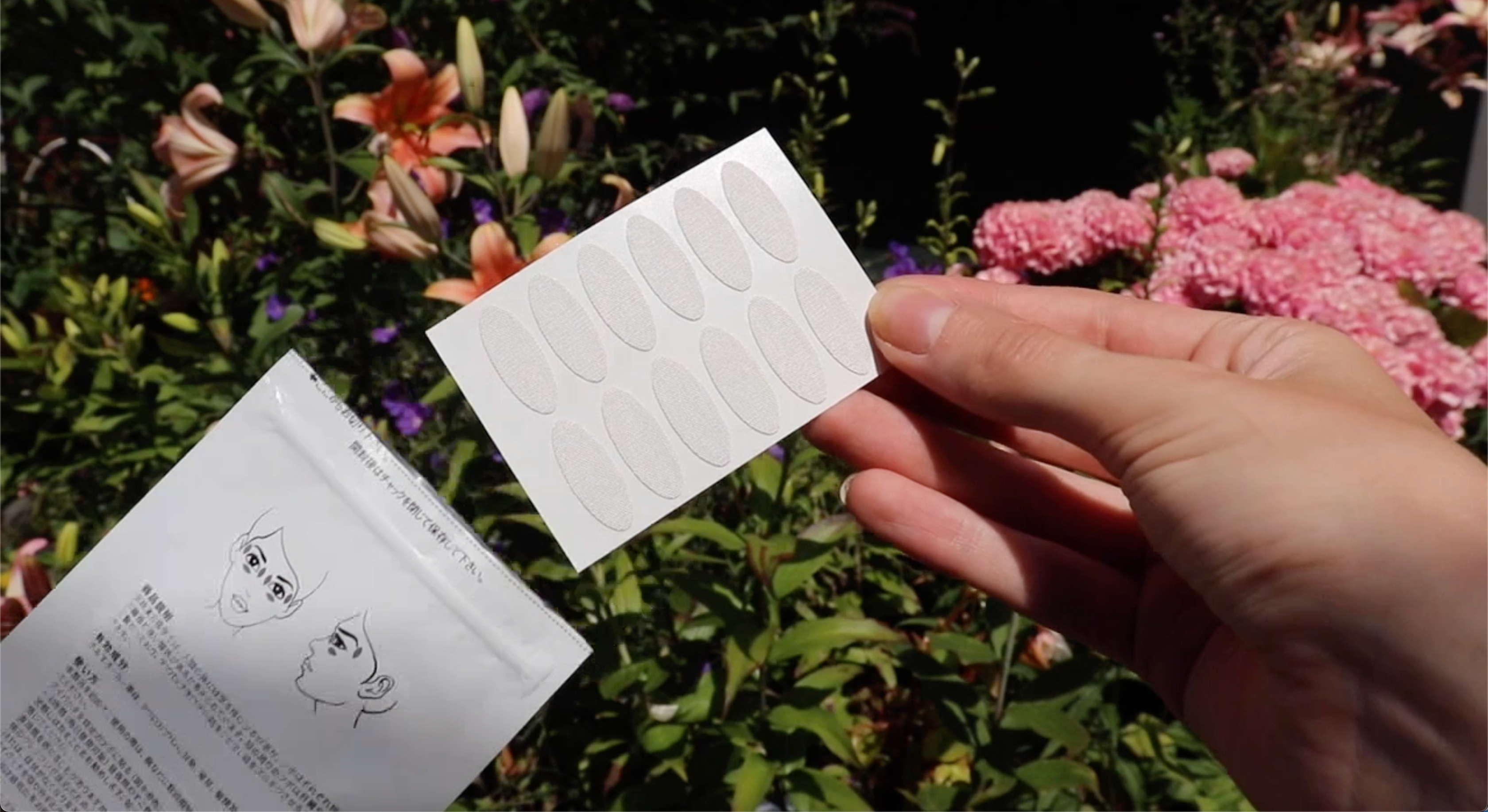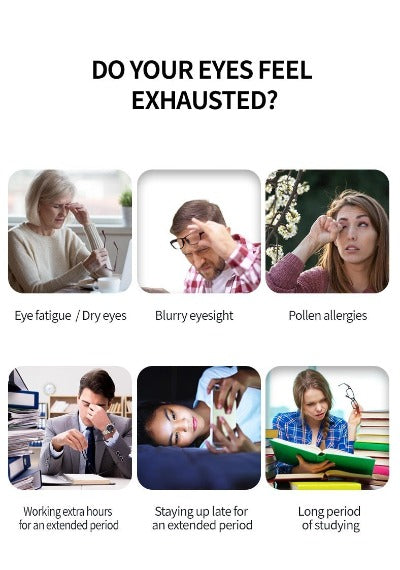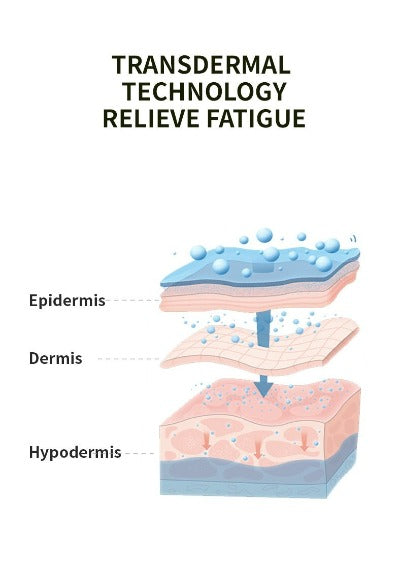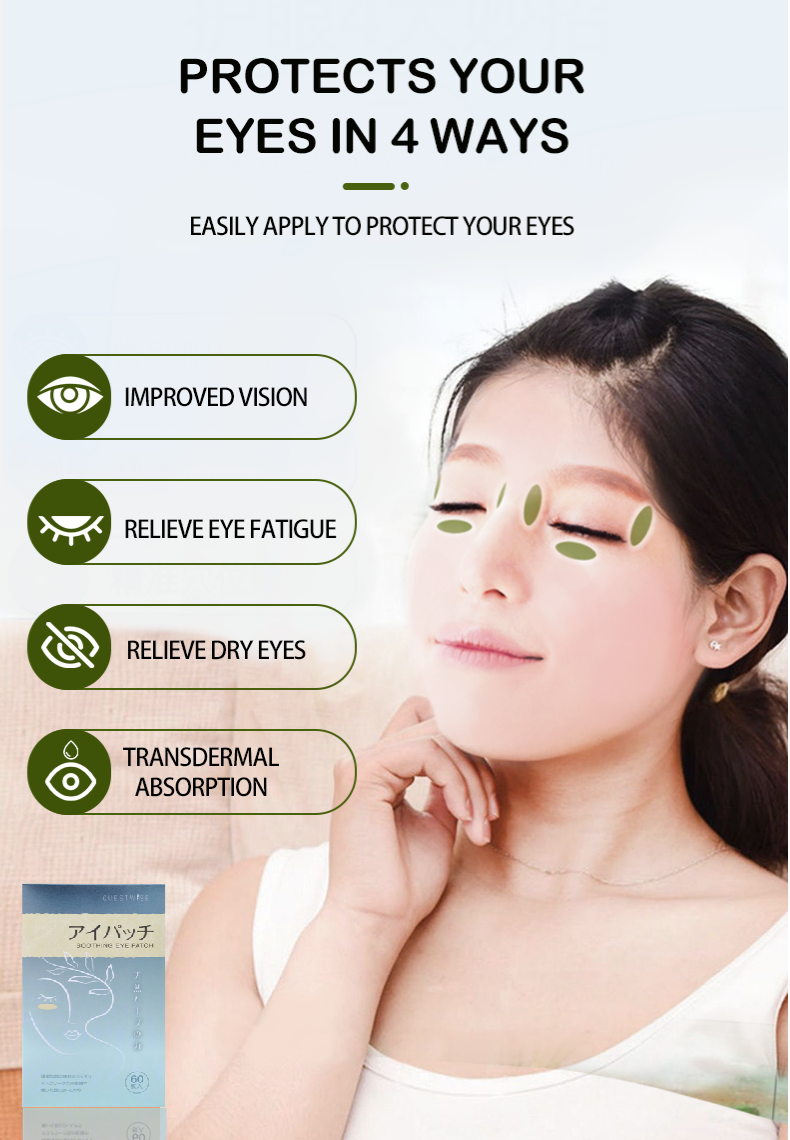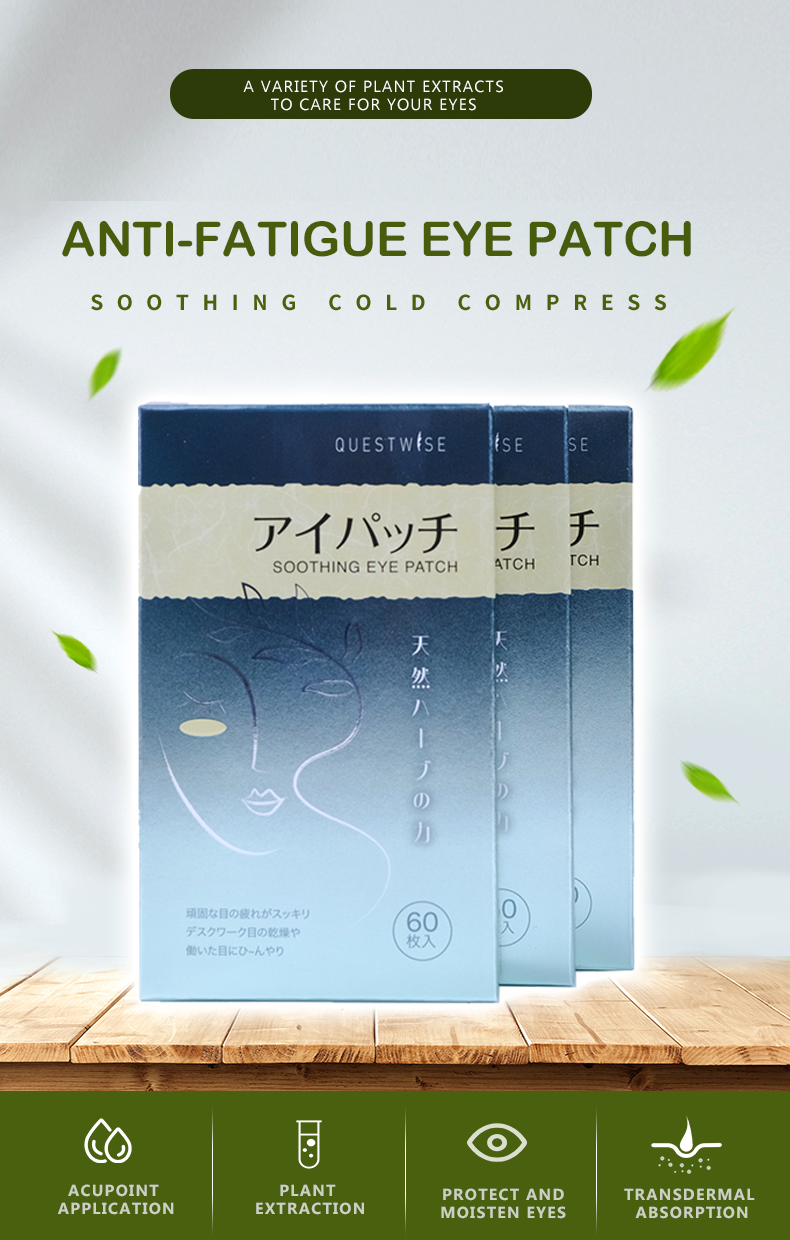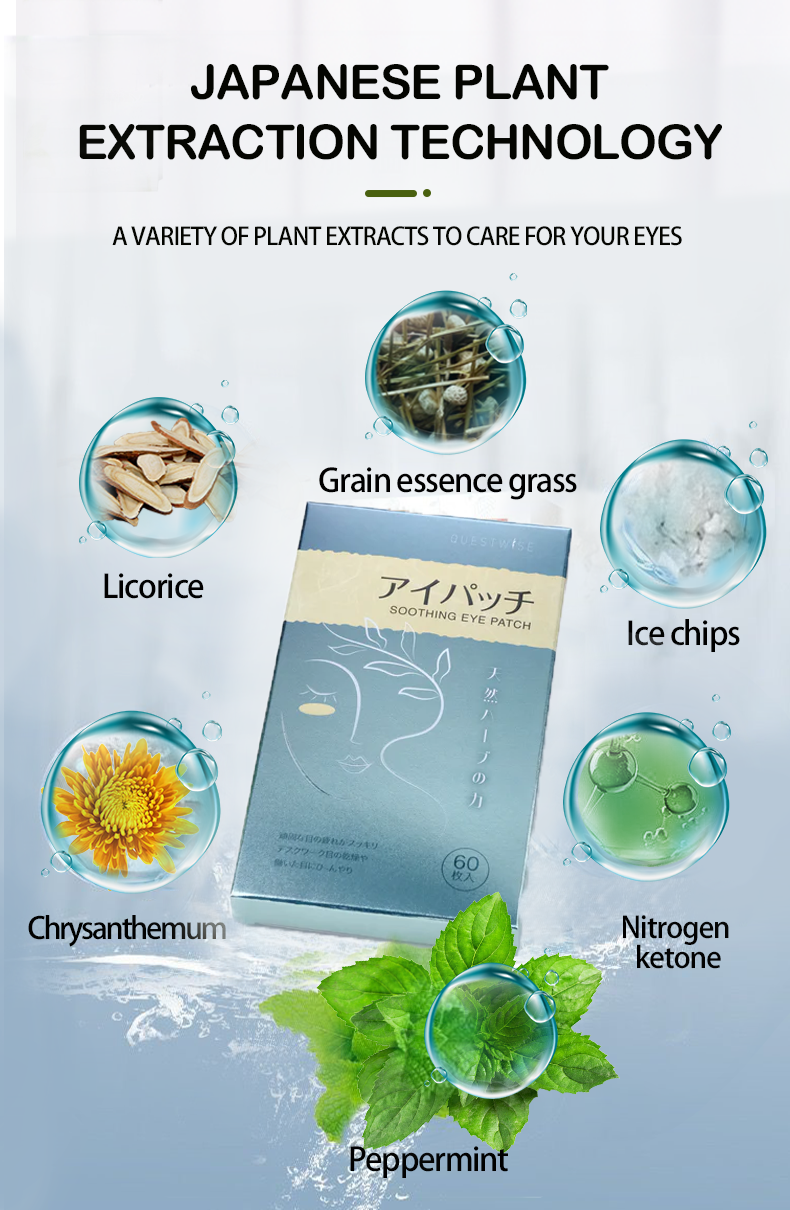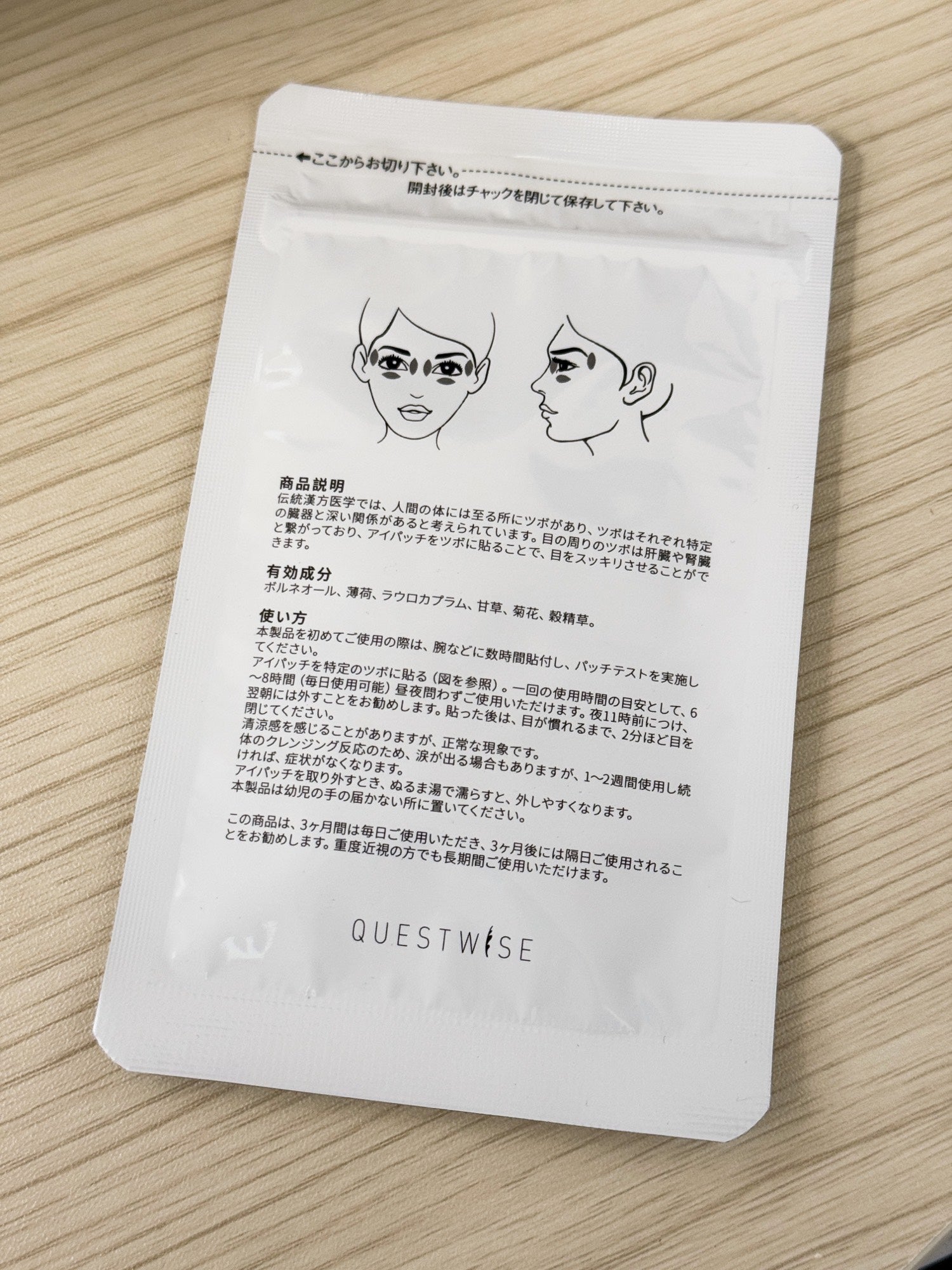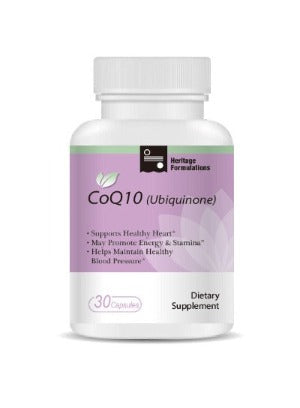Digital Life & Dry Eye: How to Protect Your Vision in a Tech-Driven World
In 2025, the digital age has fully entrenched itself into the fabric of our daily lives. From the moment we wake up to check our smartphones to the hours spent working on computers and relaxing in front of televisions, screens dominate our existence. This constant exposure to digital devices, while offering unparalleled convenience and connection, presents a significant challenge to our ocular health: a dramatic rise in cases of dry eye. The prevalence of dry eye syndrome is on the rise, impacting millions worldwide and significantly affecting their quality of life. This comprehensive guide explores the intricate relationship between digital screen time and dry eye, providing practical strategies and solutions for protecting your vision in our increasingly tech-driven world.
Dry eye, a prevalent condition characterized by insufficient tear production or abnormal tear evaporation, leaves the surface of the eye inadequately lubricated. This results in a range of uncomfortable and potentially vision-impairing symptoms. Understanding the intricate link between digital screen time and dry eye is paramount for safeguarding our eyesight in this technology-driven world. The condition is not only uncomfortable but can also lead to serious complications if left untreated.
The Digital Strain: A Deeper Dive into the Causes of Dry Eye
The detrimental effects of digital devices on our eyes are multifaceted. One primary culprit is blue light, a high-energy visible light emitted from screens. While not inherently harmful in moderation, prolonged exposure to blue light disrupts our natural circadian rhythm, potentially leading to sleep disturbances and exacerbating eye strain. Studies have shown a correlation between blue light exposure and increased oxidative stress in the ocular surface, further contributing to dry eye symptoms. Furthermore, the blue light emitted from digital devices can penetrate the cornea and lens, potentially leading to long-term damage to the retina.
Beyond blue light, the act of focusing intensely on near objects for extended periods, a hallmark of screen use, significantly reduces our blink rate. Blinking is a crucial physiological process that evenly distributes tears across the eye’s surface, providing lubrication and nourishment. Infrequent blinking, a common consequence of screen immersion, leaves the eye susceptible to dryness and irritation. This disruption of the natural tear film is a major contributor to dry eye development. The constant near-focus work required when using digital devices strains the eye muscles, leading to fatigue and discomfort. This constant strain further reduces blinking frequency, compounding the problem.
The environmental factors of our digital lives also contribute to dry eye. The air conditioning in many offices and homes can dry out the air, further reducing the moisture content of the tear film. Additionally, prolonged exposure to air conditioning can also directly affect the surface of the eyes by reducing the amount of natural moisture available. The combination of reduced blinking frequency and decreased moisture levels from air conditioning increases the likelihood of developing dry eye.
Recognizing the Symptoms: When to Seek Professional Help
The symptoms of dry eye are varied and can range from mildly irritating to significantly debilitating. Recognizing these symptoms is critical for early diagnosis and appropriate management. Early intervention is crucial to preventing long-term vision problems. Common symptoms include:
- Burning or stinging sensation in the eyes
- Itching and irritation
- Feeling of grittiness or a foreign body in the eye
- Redness and bloodshot appearance
- Blurred or fluctuating vision
- Increased sensitivity to light (photophobia)
- Excessive tearing (ironically, sometimes dry eyes produce excessive tears as a compensatory mechanism)
- Eye fatigue and discomfort
- Difficulty with contact lenses
- Stringy mucus in or around the eyes
If you experience any of these symptoms, especially after extended periods of screen time, it's advisable to consult an ophthalmologist or optometrist for a comprehensive eye examination. Early detection and treatment are key to preventing long-term vision problems. A professional can diagnose the underlying cause of your dry eye and recommend the most effective treatment plan for your specific needs.
Strategies for Protecting Your Vision: A Holistic Approach to Eye Care
Protecting your vision in the digital age requires a multifaceted approach encompassing lifestyle modifications, environmental adjustments, and the utilization of effective treatment options. Here are some key strategies:
- The 20-20-20 Rule: Every 20 minutes, look at an object 20 feet away for 20 seconds. This simple technique provides much-needed breaks from near-focus work, reducing eye strain and encouraging more frequent blinking. This allows the eyes to relax and re-lubricate, reducing dryness and fatigue.
- Optimize Your Workspace: Ensure your workspace is well-lit, with minimal glare from overhead lights or windows. Adjust your monitor’s position to avoid neck strain and keep it at a comfortable distance (arm’s length is a good guideline). Position your monitor slightly below eye level to prevent strain on the neck and eyes. Use an anti-glare screen protector to reduce reflections.
- Blink Consciously: Make a conscious effort to blink more frequently, especially during periods of prolonged screen time. Regular blinking helps to maintain the tear film and prevent dryness. Practice conscious blinking throughout the day, focusing on slow, complete blinks.
- Hydration: Drink plenty of water throughout the day to maintain overall hydration, which also supports tear production. Dehydration can exacerbate dry eye symptoms, so staying well-hydrated is essential.
- Humidifier: Consider using a humidifier, particularly in dry climates or during winter months, to increase the moisture content in the air, which can help to reduce eye dryness. A humidifier adds moisture to the air, reducing evaporation from the ocular surface.
- Blue Light Filtering Glasses: Invest in blue light filtering glasses to reduce the amount of blue light reaching your eyes from digital screens. These glasses can help to minimize eye strain and discomfort. Choose glasses with lenses that effectively block blue light without significantly altering color perception.
- Lid Hygiene: Maintaining good lid hygiene is crucial for preventing the build-up of oils and debris that can block tear ducts and exacerbate dry eye. Gently cleanse your eyelids with a warm compress and mild cleanser daily.
- Artificial Tears: Use artificial tears regularly to lubricate your eyes and provide temporary relief from dryness. Choose preservative-free artificial tears whenever possible to minimize irritation.
Harnessing the Power of Nature: Soothing Eye Patches for Dry Eye Relief
Incorporating natural remedies into your eye care routine can offer significant relief from the symptoms of dry eye. The Wise Quest Soothing Eye Patches - 1-Month Care Pack provides a convenient and effective solution for soothing dry, irritated eyes. This month’s supply of herbal eye patches, expertly crafted in Japan, offers a gentle yet powerful approach to natural eye care. These patches are specifically designed to alleviate redness, dryness, and strain, delivering noticeable improvements in overall comfort and well-being. Made with safe and non-toxic ingredients, they're a reliable and natural way to promote healthy, refreshed eyes.

A Sustainable Vision for the Future: Long-Term Eye Health Strategies
In 2025, and beyond, our dependence on digital technology is only set to increase. However, by proactively implementing the strategies outlined above and incorporating natural solutions like the Wise Quest Soothing Eye Patches - 1-Month Care Pack, we can actively safeguard our vision and enjoy the benefits of technology without compromising our eye health. Prioritizing eye care is an investment in our overall well-being, ensuring clear, comfortable vision for many years to come. Regular eye exams, a proactive approach to lifestyle changes, and the use of supportive products like these soothing eye patches are key to maintaining healthy eyes in our increasingly digital world. Remember that consistency is key when implementing these strategies. Making these changes a regular part of your routine will yield the best results for your long-term eye health. Don't hesitate to seek professional advice if you experience persistent symptoms or concerns about your eye health. Your vision is invaluable, and taking care of it is an investment in your overall well-being.



